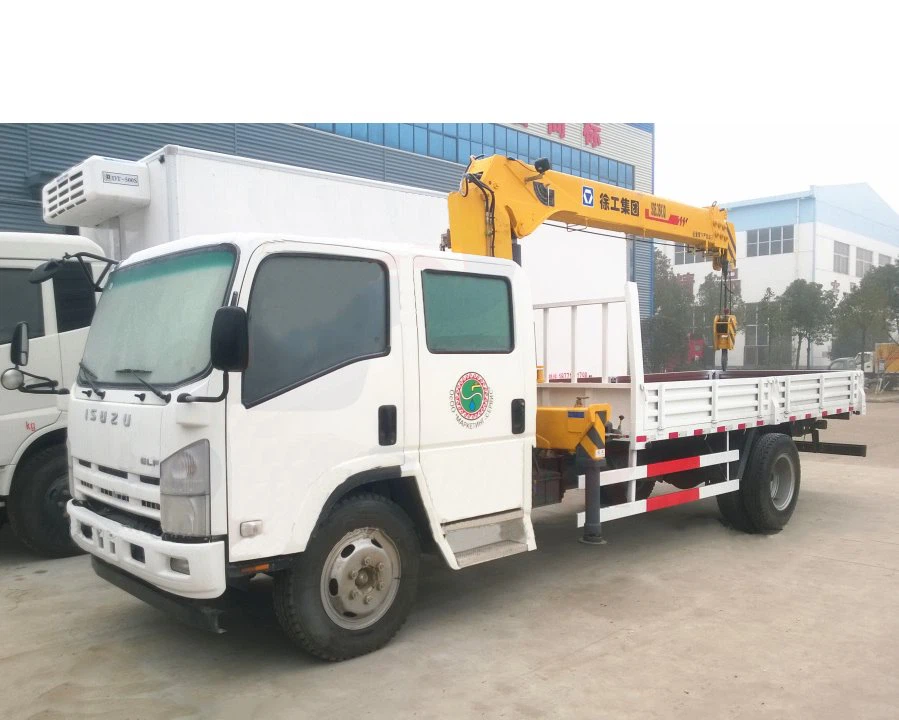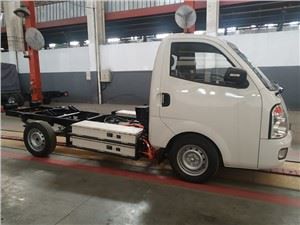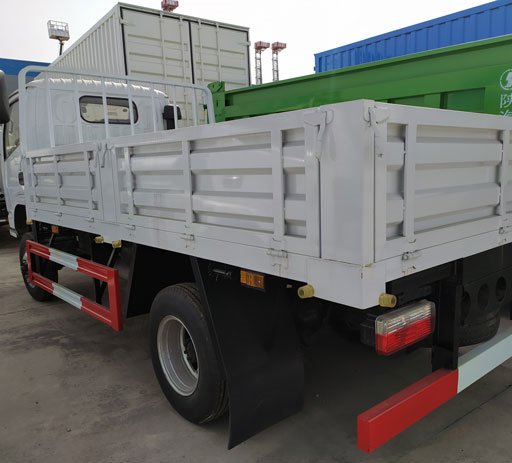Understanding Bowser Fuel: A Comprehensive Guide

Introduction
Bowser fuel is a term that has gained traction in recent years, especially with the growing interest in energy solutions and environmental sustainability. This article dives deep into bowser fuel, exploring its definition, applications, benefits, and considerations for various sectors. Whether you’re in construction, agriculture, or logistics, understanding bowser fuel can help you make informed decisions about your energy needs.
What is Bowser Fuel?
Bowser fuel refers to the liquid fuel stored and dispensed from a bowser, a type of mobile tank or trailer. Typically used in industries such as construction, agriculture, and transportation, bowser fuel provides a convenient way to supply fuel on-site rather than relying solely on fixed fuel stations. Bowser systems are particularly useful for remote locations or temporary job sites.
Types of Bowser Fuel
- Diesel: The most common type used in heavy machinery and generators.
- Petrol: Often used for lighter vehicles and equipment.
- Biodiesel: A renewable alternative that supports sustainability initiatives.
- Gasoline: Standard fuel for many transportation vehicles.

Components of a Bowser Fuel System
A bowser fuel system generally consists of several key components:
- Tank: The primary container for storing fuel.
- Pump: Facilitates the transfer of fuel from the tank to equipment.
- Meter: Tracks the amount of fuel dispensed.
- Hose: Connects the pump to the machinery or vehicle being fueled.
Understanding the Operations of a Bowser Fuel System
The operation of a bowser fuel system is straightforward. Begin by filling the tank with the desired type of fuel. The pump is activated, and fuel is transferred through the hose into the equipment. A meter records the quantity of dispensed fuel for billing or inventory purposes.
Benefits of Using Bowser Fuel
The use of bowser fuel offers several advantages:
1. Flexibility and Mobility
Bowser fuel enables fueling virtually anywhere, making it ideal for sites without permanent fuel sources.
2. Cost-Effective
By reducing travel time to fuel stations, companies save on fuel costs and increase productivity.
3. Improved Efficiency
Having fuel on-site means less downtime for machinery, leading to better operational efficiency.
4. Customizable Solutions
Companies can tailor bowser systems to meet specific needs, such as adding extra tanks or specialized pumps.
Key Considerations for Bowser Fuel Users
While there are numerous benefits to using bowser fuel, users should consider the following:
1. Regulatory Compliance
Ensure that your bowser fuel setup adheres to local and national regulations regarding fuel storage and usage.
2. Safety Measures
Implement appropriate safety protocols for handling and dispensing fuel to prevent accidents or spills.
3. Maintenance and Monitoring
Regularly check the bowser system for leaks, gauge levels, and overall performance to maintain efficiency.
Practical Examples of Bowser Fuel in Action
Example 1: Construction Site
A large construction site uses a bowser fuel system to ensure that their heavy machinery can run without interruption. The bowser is located on-site and filled with diesel to allow for convenient fueling whenever needed.
Example 2: Agricultural Operations
A farmer uses a bowser fuel unit to refuel tractors and harvesters in the field, minimizing downtime and allowing for continuous operations during peak seasons.

Example 3: Event Management
For outdoor events, organizers use a bowser fuel system to ensure generators have a constant power supply, allowing for seamless operations and lighting throughout the event.
Tips for Best Practices with Bowser Fuel
1. Regular Training
Ensure that all staff handling bowser fuel are trained on safety and operational procedures.
2. Implement a Monitoring System
Utilize digital fuel management systems to track usage and detect potential issues early.
3. Prioritize Spill Response
Have spill kits and response protocols in place to handle any accidental spills swiftly.
Environmental Impact of Bowser Fuel
Using bowser fuel can have environmental implications. Here’s how:
1. Emissions
Bowser fuel emissions vary depending on the type used. Biodiesel offers a greener alternative, producing lower emissions compared to traditional fossil fuels.
2. Spill Risks
Improper handling can lead to fuel spills, posing environmental risks. Adopting safety measures can mitigate these risks.
3. Sustainable Practices
Utilizing renewable fuels, such as biodiesel, helps reduce the carbon footprint of operations using bowser systems.
Maintaining Your Bowser Fuel System
Regular maintenance of your bowser fuel system is crucial for optimal performance. Here are key maintenance tips:
1. Regular Inspections
Conduct monthly inspections of all components to ensure they are functioning properly.
2. Cleanliness
Keep the storage area clean and free of debris to avoid contamination.
3. Fuel Quality Testing
Test the fuel quality periodically to ensure it meets industry standards and is free from contaminants.
FAQ Section
1. What types of fuel can be stored in a bowser?
Bowser systems can typically store diesel, petrol, biodiesel, and gasoline, depending on the specific setup.

2. Are there any environmental regulations regarding bowser fuel?
Yes, regulations vary by location, but generally include guidelines for storage, dispensing, and emergency response measures.
3. How often should I inspect my bowser fuel system?
It is advisable to conduct inspections monthly or more frequently if the system is in heavy use.
4. Can I refill my bowser fuel tank myself?
Yes, as long as you comply with local regulations and have received appropriate safety training.
5. What should I do in case of a fuel spill?
Immediately follow your spill response plan, which should include containing the spill and notifying the proper authorities.
6. How can I optimize the fuel efficiency of my equipment using bowser fuel?
Implement regular maintenance on equipment and use the right type of fuel for optimal performance.
